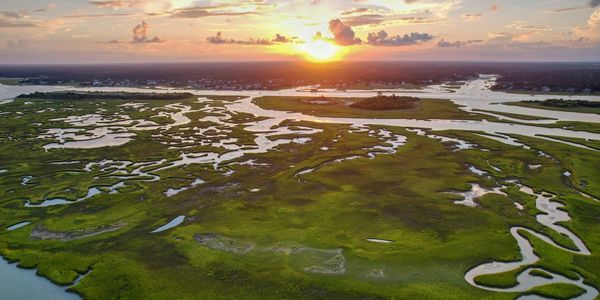
The History and Evolution of Pender County, NC Along the I-40 Corridor
The History and Evolution of Pender County, NC Along the I-40 Corridor
Pender County, North Carolina, is a region rich in history and cultural heritage, playing a significant role in the development and growth of the southeastern part of the state. Located along the Interstate 40 (I-40) corridor, Pender County has evolved from its colonial beginnings to a modern hub of commerce and community.
Historical Background
Pender County was formed in 1875 from New Hanover County and was named after Confederate General William Dorsey Pender. The county seat, initially established in Burgaw, became the center of governance and community activities. The early economy of Pender County was predominantly agrarian, with a focus on crops like cotton, tobacco, and rice, which were cultivated using the rich, fertile soil of the region.
In the 18th and 19th centuries, the area was dotted with plantations, and the Cape Fear River played a crucial role in transportation and trade. The river provided a means for moving goods to and from the port city of Wilmington, thereby integrating Pender County into the broader economic framework of the region.

The Impact of Railroads
The arrival of the railroad in the late 19th century marked a significant turning point for Pender County. The Wilmington and Weldon Railroad, later known as the Atlantic Coast Line Railroad, facilitated the movement of agricultural products and timber, which were abundant in the county’s vast pine forests. This development spurred economic growth and led to the establishment of towns and communities along the rail lines.
Evolution Along the I-40 Corridor
The construction of Interstate 40 in the late 20th century further transformed Pender County. I-40, stretching from California to North Carolina, passes directly through the heart of the county, connecting it to major urban centers like Raleigh and Wilmington. This strategic location along a major interstate has positioned Pender County as a vital link in the regional transportation network.
The interstate has facilitated easier access to markets and resources, encouraging residential and commercial development. Communities such as Hampstead, Surf City, and Topsail Beach have experienced significant growth, attracting residents and tourists alike. The coastal areas, in particular, have become popular destinations for their pristine beaches, recreational opportunities, and scenic beauty.
Modern-Day Role and Economic Development
Today, Pender County is a blend of rural charm and suburban growth. The county’s economy is diverse, with agriculture, manufacturing, tourism, and retail playing pivotal roles. Agricultural activities remain vital, with farmers producing crops like blueberries, strawberries, and pecans. The county is also known for its aquaculture, particularly oyster farming.
The presence of I-40 has led to the development of industrial parks and business centers, attracting companies that benefit from the strategic location. The Pender Commerce Park, for instance, is a significant economic driver, providing employment opportunities and contributing to the local economy.
Tourism and Recreation
Tourism is another crucial aspect of Pender County’s economy. The county’s natural beauty, historical sites, and recreational amenities draw visitors year-round. Attractions like the Moores Creek National Battlefield, the Missiles and More Museum, and the picturesque coastal towns offer a glimpse into the region’s rich history and vibrant present.
The county also boasts a range of outdoor activities, from fishing and boating in the Intracoastal Waterway to hiking and bird-watching in the Holly Shelter Game Land. These recreational opportunities, coupled with the county’s growing infrastructure, make Pender County an appealing destination for tourists and a desirable place to live.
Conclusion
Pender County, NC, has a storied history that has shaped its current role along the I-40 corridor. From its colonial beginnings to its modern-day status as a hub of economic activity and community life, the county continues to evolve. As it balances growth with preservation, Pender County stands as a testament to the dynamic interplay between history and progress in southeastern North Carolina.









